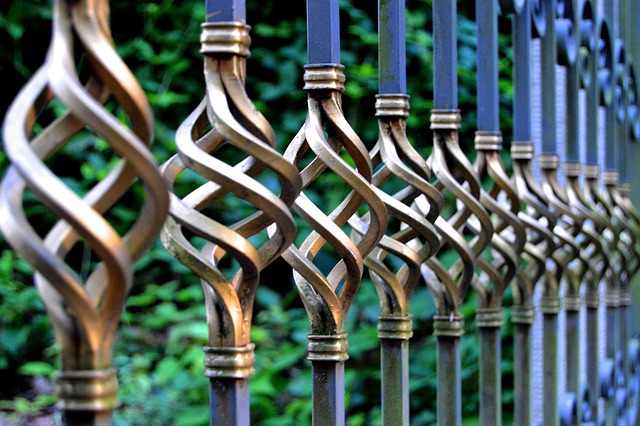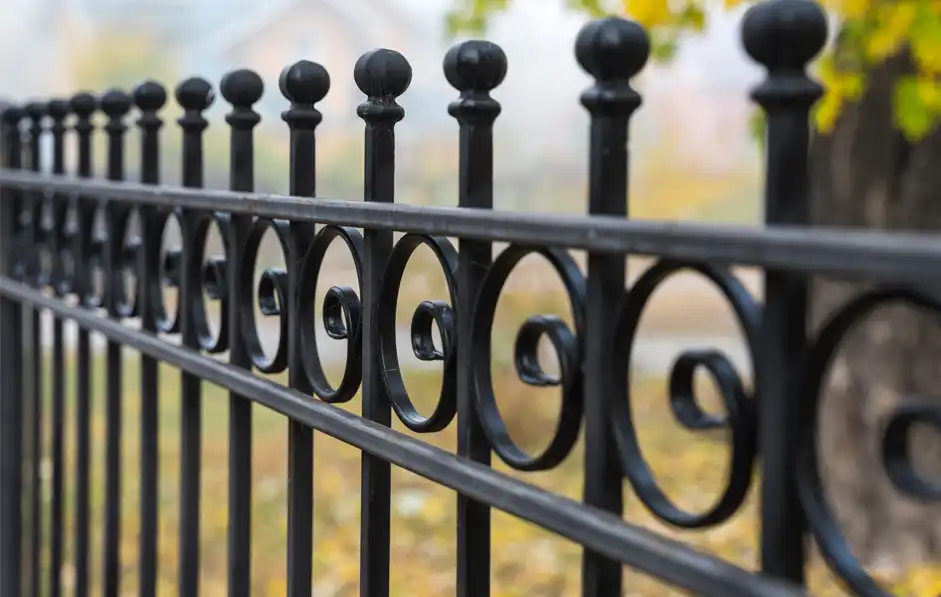All Categories
Featured

While regular maintenance can expand the life of your fence, there comes a time when repair work no longer are adequate, and it's time to think about replacement. Right here are some crucial signs that your fencing might need to be replaced.
- Noticeable Damages or Put On. Wooden fences are particularly vulnerable to splitting or splintering over time, while plastic fencings can create fractures. If the damage is architectural or widespread, repairing individual areas might not be sufficient, and replacing the fencing comes to be necessary.
- Rot and Decay. If you see that parts of your fencing really feel soft to the touch or if you see mold and mildew or fungus growing, it's an indication of rot. Minor rot can sometimes be repaired, extensive decay, particularly near the base of fence posts, can compromise the honesty of the whole fencing.
- Leaning or Tilting. A leaning fence is a clear sign that something is wrong with its structural assistance. If the fencing continues to lean regardless of attempts at improvement, it may be time to change the affected areas or the whole fence.
- Rust or Deterioration (For Steel Fencings) While minor rust can typically be eliminated and dealt with, substantial corrosion that jeopardizes the fence's security is an indication that substitute is required. It's far better to replace a heavily worn away steel fence than to proceed attempting repair services.
- Pest Infestations. Wood fencings are a typical target for insects like termites, carpenter ants, and rodents. These parasites can create considerable damages by tunneling into the wood and weakening its framework. If you discover small openings, sawdust piles, or actual pests staying in your fencing, it's crucial to attend to the invasion right now. In situations where the damages is extreme, the affected fence messages or boards might need to be replaced to recover the fencing's stability.
- Problem Maintaining the Fence. If you find yourself constantly making fixings to the exact same areas of your fence, it could be a sign that the fence is past its prime. If you're spending more money on patching up old areas than you would on a full replacement, it's time to consider changing the fencing altogether.
- Age of the Fence. The age of your fencing plays a significant duty in its general condition. While the life expectancy of a fence can differ depending on the weather, material, and place conditions, many fences last in between 15 and twenty years. It might be time to change it if your fencing is coming close to or exceeding its anticipated life expectancy and showing signs of wear and tear. Even with regular upkeep, an aging fencing will ultimately need to be changed to maintain its functionality and look.
- Obsolete Look. Sometimes, a fencing just comes to be obsolete, no more matching the design or requirements of your residential or commercial property. In time, your preference, the landscape, or the architecture of your home might alter. , if your fence no longer matches your home or satisfies your demands-- such as privacy, safety, or looks-- it may be time to think about a replacement.. New fencing materials and styles are available that deal improved durability, capability, and aesthetic appeal.
- Fence No More Offers Its Function. Your requirements for a fencing can develop gradually. For instance, if your original fence was created for decoration or to maintain pets contained, now you need much more personal privacy or safety and security, a replacement could be required. A fencing that no longer serves its designated objective is not only less effective however can likewise diminish the general value of your building. In such cases, changing the fence with one that fulfills your existing demands is the very best option.

Conclusion. A fence is a vital part of your home's outside, giving safety and security, personal privacy, and design. Nonetheless, like any kind of framework, it will ultimately show signs of aging or damage. If you discover any one of the indicators provided above-- noticeable damages, rot, leaning, pest problems, or an out-of-date look-- it might be time to change your fence. Replacing an old, damaged fencing can boost the total value of your property, improve safety and security, and offer your backyard a fresh look. By watching out for these signs, you can make an educated choice regarding when it's time to buy a brand-new fence.
Latest Posts
Discover the Leading Auto Repair Discounts in Montclare, Chicago
Published en
1 min read
Recognizing When Your Car Needs Skilled Vehicle Service at Montclare Auto Repair
Published en
1 min read
How to Know When Your Car Needs Expert Auto Repair at Montclare Auto Repair
Published en
1 min read
More
Latest Posts
Discover the Leading Auto Repair Discounts in Montclare, Chicago
Published May 24, 25
1 min read
Recognizing When Your Car Needs Skilled Vehicle Service at Montclare Auto Repair
Published May 24, 25
1 min read
How to Know When Your Car Needs Expert Auto Repair at Montclare Auto Repair
Published May 24, 25
1 min read